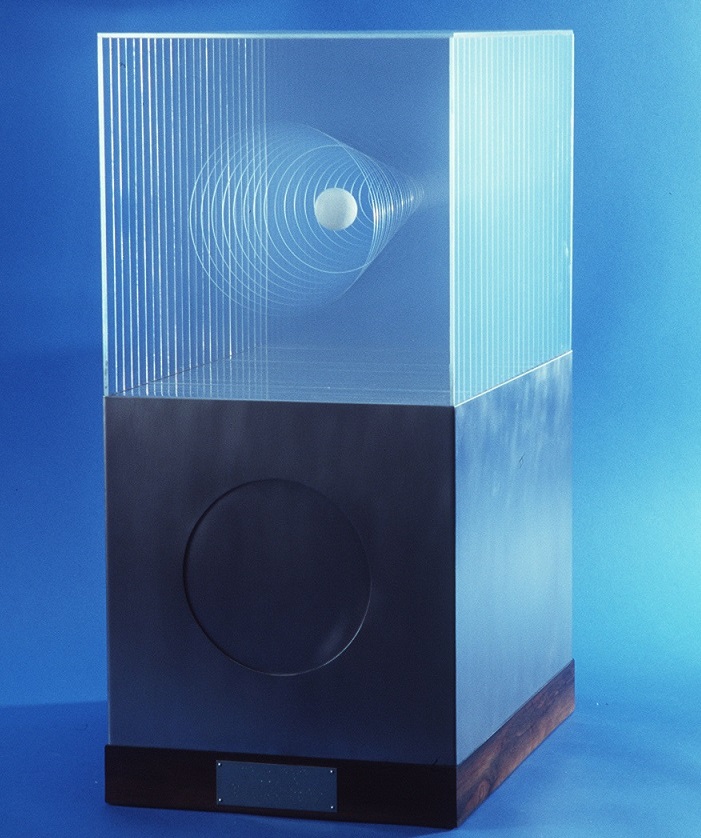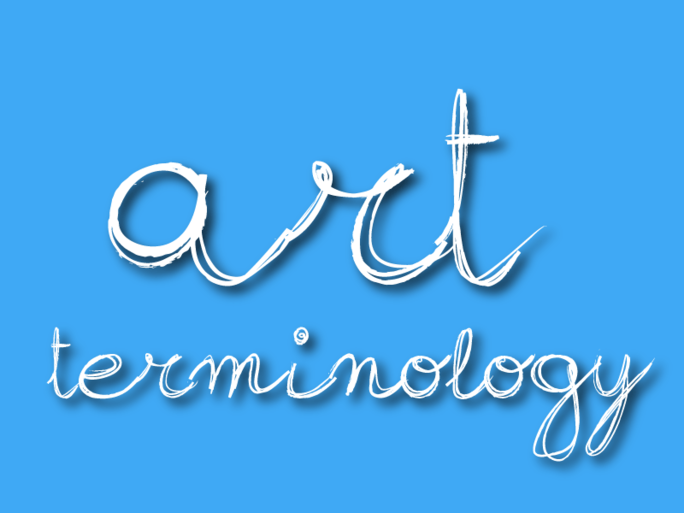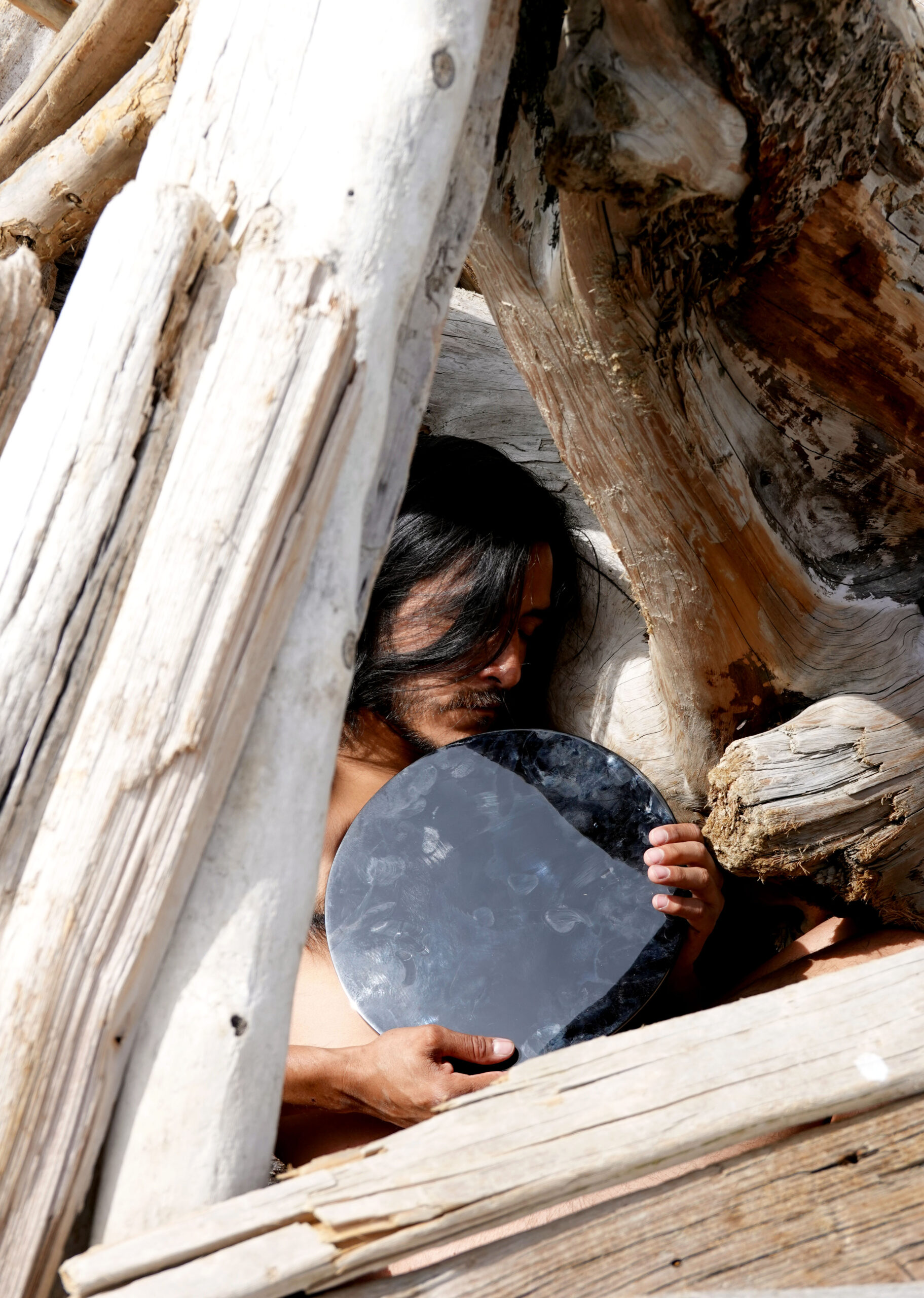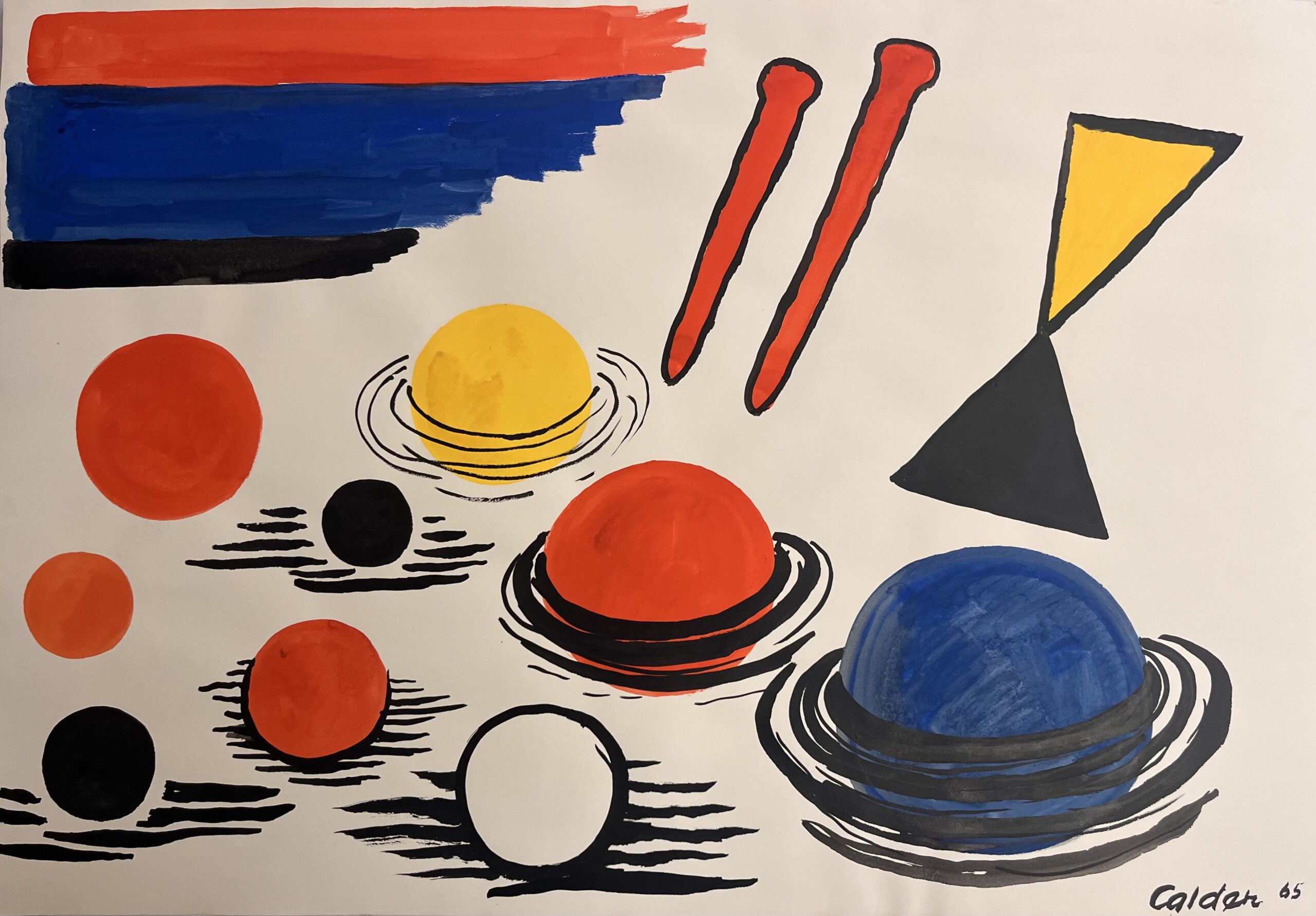1. Allover Composition
An allover picture refers to a two-dimensional work that lacks a dominant focal point and where the canvas is covered entirely with a composition that is treated uniformly. The term “allover picture” was first used by art critic Clement Greenberg in his 1948 essay “The Crisis of the Easel Picture”, in reference to “decentralized” compositions such as Jackson Pollock’s drip paintings. Many of the artworks featured in the AGGV’s exhibition Beyond the Edges fall into this descriptive category, such as Jacques Hurtubise’s composition below.
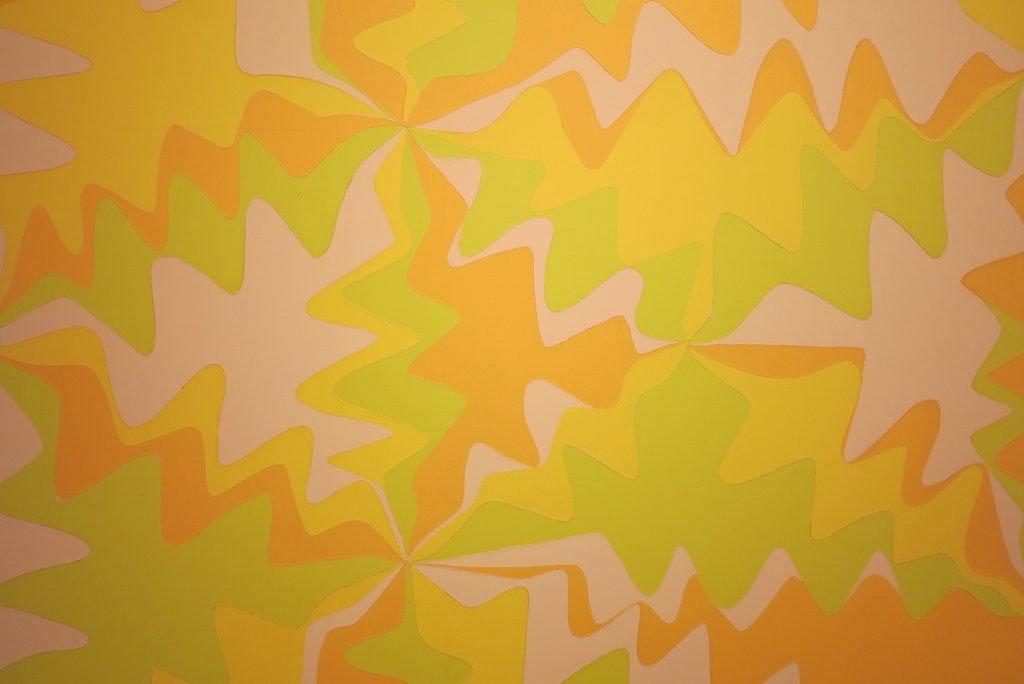
2. Charcoal Drawing
Charcoal as a dry art medium has been used since prehistoric times in cave paintings. Made from finely ground organic material, artists’ charcoal is a versatile medium that can produce intense dark lines or very light shadings. In Western art history, charcoal is often used for sketching or preparatory drawings for final paintings, although it is not unusual to find it used as a primary medium.

Emily Carr (1871-1945) | Wooded Hillside | c. 1929-30 | Charcoal on paper | Gift of George and Lola Kidd
3. Interactive Art
Interactive art is a format in which spectator involvement is key to the art piece achieving its purpose. Usually set up as an installation, the artwork may invite spectators to walk around or into the space, or make some movement in response to the piece. It may feature digital technology, new media, lights or sensors that respond to motion. In the AGGV’s exhibition Beyond the Edges, visitors are invited to sit in Juan L. Gomez-Perales’ Opposing Chairs. The two-way mirror superimposes the viewer’s image onto the person sitting in the opposite chair, raising awareness about the psychology of identity and communication.

4. Landscape Art
Landscape painting is a principal genre in both Western and Eastern art history. Prior to the 17th century in Europe, landscape art was mostly confined to the background, secondary to the main subject-matter which was usually religious, mythological or historic in theme. Landscape painting as a genre on its own became more popular in the 18th century, but really took off in the 19th century with artists such as John Constable in Britain, and the Impressionists in France. The naturalistic depictions did not merely show idyllic pastoral scenes, but also urban and industrial landscapes that challenged the traditional hierarchies of art history. Landscapes henceforth were not rendered purely for the sake of landscape itself, but are used as a vehicle to relate to the places we live in.
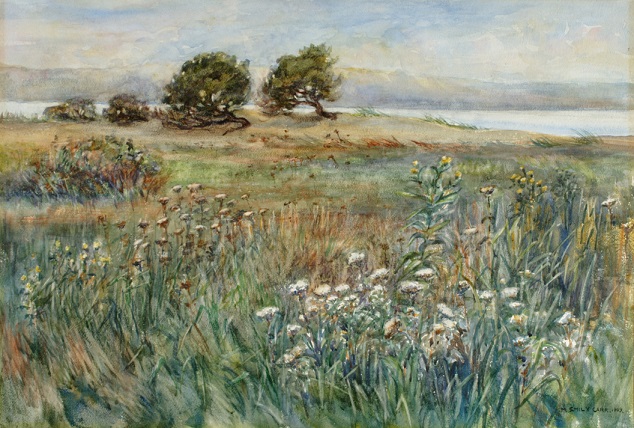
5. Mixed Media
Mixed media is a term for artworks created with a combination of different materials. Its origins can be traced to the Cubist collages of Pablo Picasso and Georges Braque in the early 1900s. The artists and their works challenged the traditional convention of art and opened up new attitudes towards the meaning of “high art” by using found objects such as newspaper print and wine bottle labels.
